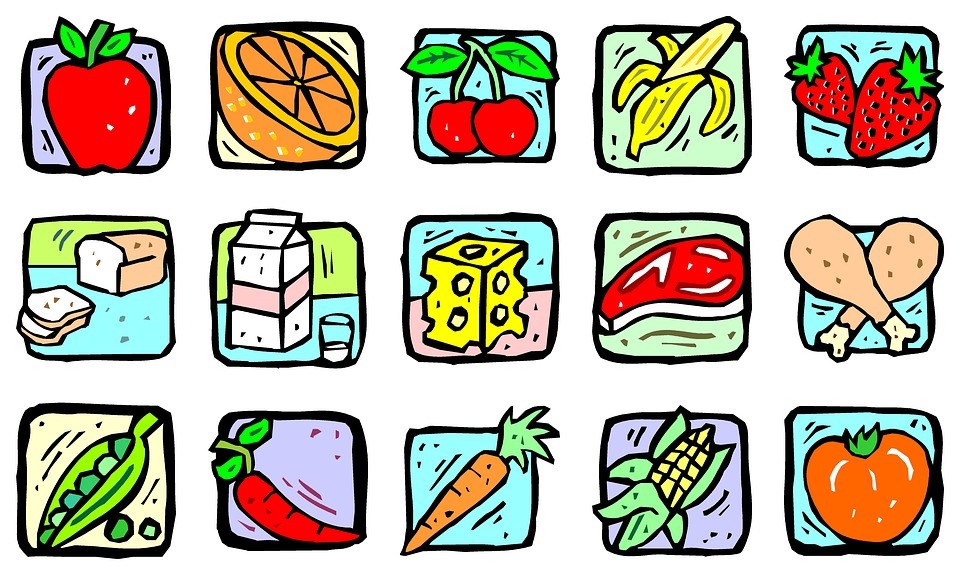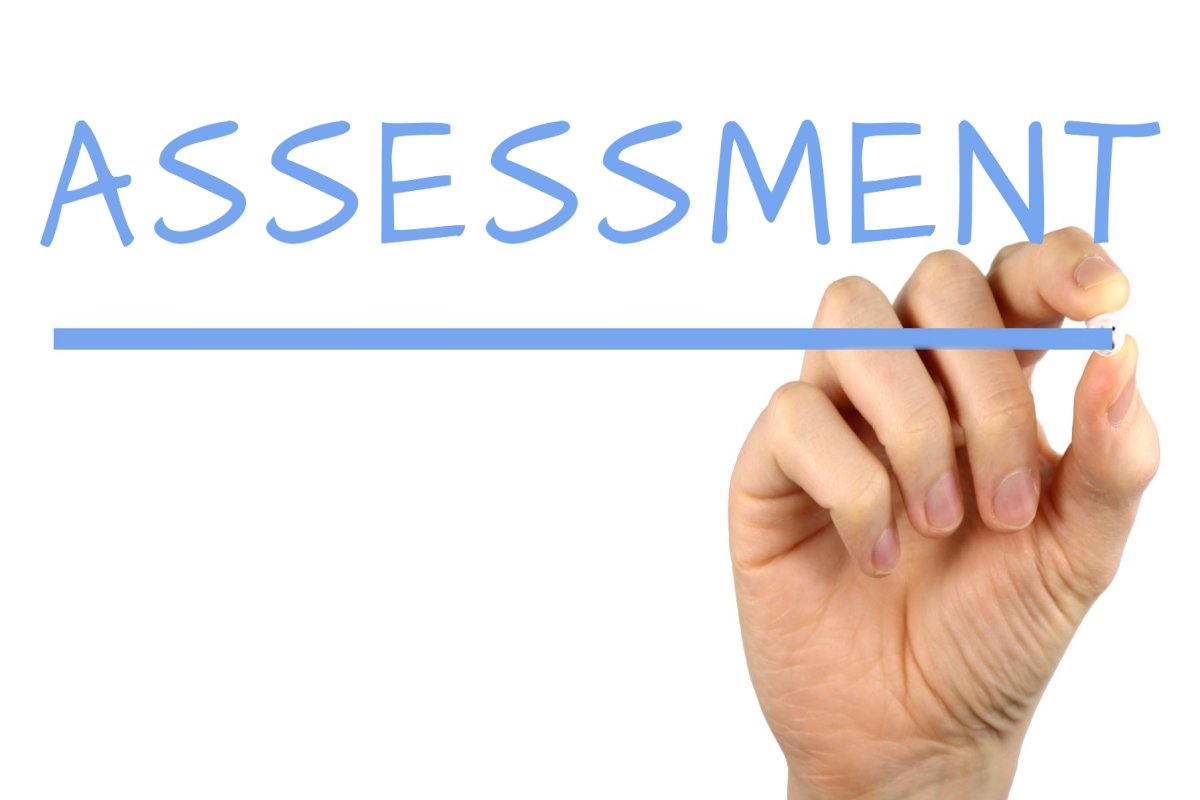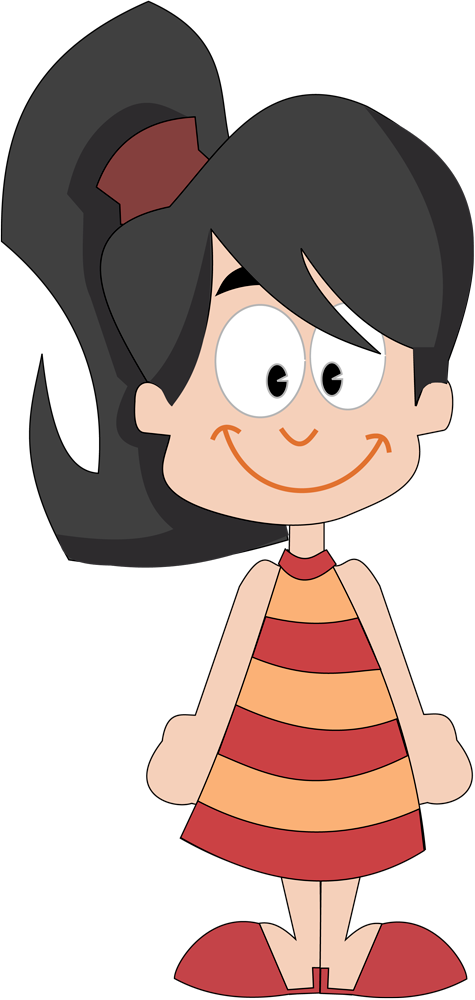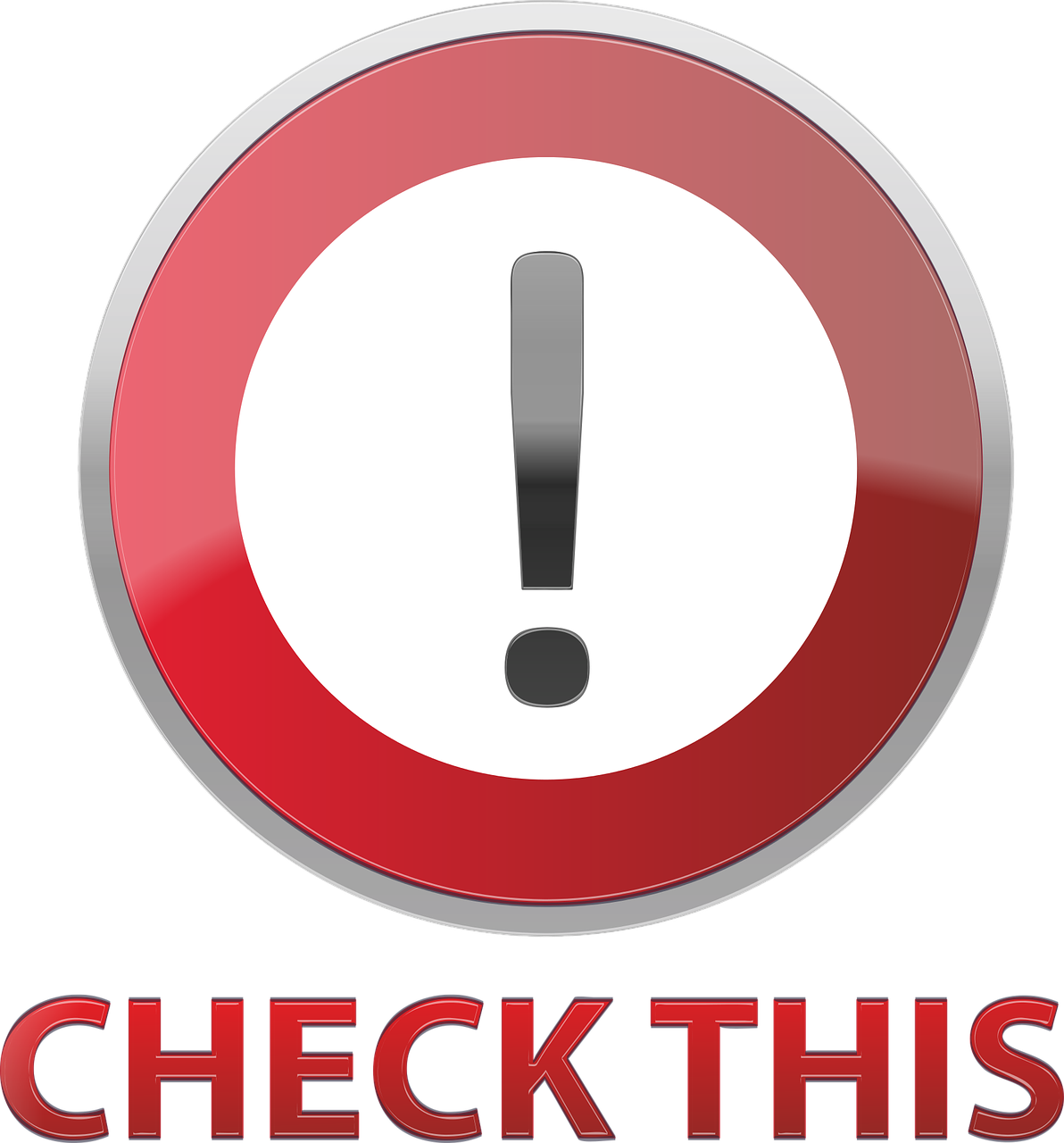How much food is there in the fridge?
In English, there are some exciting topics to study such as quantifiers.
As the name suggests, quantifiers are used to indicate quantities. Commonly we express quantities using numbers, but we can also use words to express quantities, amounts and degree of something. These words are known as quantifiers.
In this lesson, you will practice countable and uncountable quantifiers, such as many, much, some, any, a lot of, a few and a little in a context of food, diet and eating habits. Do you like food? Everybody loves food. But, how much food do you eat?
So, it is vital –when you talk about food- to express quantities. In this lesson, you will think about your eating habits and food vocabulary with lots of pictures!
The lesson is divided into three sections:

Oberholster V. (2016). Unhealthy Diet Foods Fast Food Bad Nutrition Fat [illustration]. Retrieved on 2017, April 19 from https://goo.gl/BZCm5H
In the first section you will check the classification and use of quantifiers with countable and uncountable nouns. At the same time you will learn a lot of vocabulary related to food. After the explanation, you will practice doing some grammar exercises to reinforce what you have checked during the lesson.

Oberholster V. (2016). Healthy Food Nutrition Healthy Food Fresh Diet [illustration]. Retrieved on 2017, April 19 from https://goo.gl/Gc1Ami
In the second section of the lesson, you will have the opportunity to practice the four abilities of the language: reading, listening, writing and speaking related to the topic of food.
At the end of the lesson you will have the opportunity to evaluate yourself to see how much you learned in this lesson.
We are sure that you will have a lot of fun learning!

Altmann, G. (2017). Learn Training Education Woman Girl Team [illustration]. Retrieved on 2017, April 19 from https://goo.gl/AAzQ7m
When you finish this lesson you will be able to exchange information about existence using quantifiers such as many, much, some, any, a lot of, a few and a little to express no-specific quantities and amounts of food.

Youngson, N. (2016). assessment [image]. Retrieved on 2017, April 19 from https://goo.gl/tYmrPV
Remember that the key to being successful is practice. So, it is a good idea you study the vocabulary, complete all the activities and do the grammar exercises to achieve the objective. Do the activities as many times as necessary. Are you ready for this delicious lesson? Let’s begin answering the question: How much food do you eat?
By the end of this topic you will:
Express information about existence using quantifiers like many, much, some, any, a lot of, a few and a little to express quantities and non-specific portions concerning eating habits.

sammo241. (2012). Annie [vector]. Retrieved on 2017, April 19 from https://goo.gl/gmEsbC
Katie loves food. What kind of food is there at her home?
You see?? Katie is a food lover!!
She got a lot of food from the supermarket.
Now you have a lot of food vocabulary. Are you hungry? I think you are! Everything looks delicious!
Our objective is to express quantities, but to achieve our aim you need to know the difference between countable and uncountable words.
At this point, you have learned many words related to food. Do you know what kind of words they are? They are NOUNS.
In English, there are two kinds of nouns: COUNTABLE and UNCOUNTABLE.
Check the next information in the following chart:
Countable nouns are things you can count, meaning you can use NUMBERS to calculate them:
• There are three bananas:
![]()
Countable nouns can be singular or plural:
• There is an apple (singular)

• There are two apples (plural)
![]()
![]()
Uncountable are things you cannot count. But how is that possible? ![]()
Of course we can count things, but the idea of uncountable means we need to identify IDEAS, ABSTRACT QUALITIES or OBJECTS that are too small TO COUNT THEM AS SINGLE UNITS (concepts, liquids, gases, powder). We often picture these nouns as single concepts or a mass that is difficult to divide or separate to count.
Think about the next example:

Of course we can count rice grains, but this is simply crazy!! We perceive ‘rice’ as a complete entity, as a portion, not as single unit. For this reason ‘rice’ it is an uncountable noun.
Uncountable nouns are ONLY SINGULAR:
• There is rice in the kitchen.
Uncountable nouns do not have a plural form, so it is incorrect if you say ‘rices’ or ‘milks’.
In the previous explanation we checked the different kinds of nouns, but now it is time to talk about quantities.
In English, a quantifier is a word that indicates a number (countable nouns) or an amount (uncountable nouns). To ask for quantities, you need to:
use HOW MANY…..? with countable nouns.
How many apples are there?
There is an apple.
There are two apples.
use HOW MUCH...? with uncountable nouns.
How much milk is there?
There is some milk.
Sometimes, it is difficult to show the exact quantity or number. When you cannot specify the precise number or amount, we use quantifiers to express quantity.
As shown on the chart, it is essential to know the difference between countable/uncountable to use them correctly. For example, to use, much/many, a little/a few, you need to know the difference. But there are some quantifiers such as, a lot of, some, any which you can use indistinctively.
To use the quantifiers, we need to check a topic that you are familiar with: THERE IS, and THERE ARE. Do you remember them?.....of course, you do!!
You use there is, and there are to express existence.
Now, you are going to use THERE IS / THERE ARE with quantifiers:
With countable nouns, you can use there is and there are, depending if you refer to singular or plural, on other words, if you refer to ONE or MANY. For example:
•
There is
an apple in the bag (singular: only ONE apple).
•
There is
no
apple (singular: apple).
•
There are
many apples in the bag (plural: MANY apples).
•
There are
some cookies on the table (plural: SOME cookies).
•
There aren´t
any cookies (plural: cookies).
With uncountable nouns, you can ONLY use there is. Because, with uncountable nouns, you ONLY refer to singular conceptions. For example:
•
There is
a lot of butter in the fridge (singular: butter, NOT butters).
•
There is
some oil at home (singular: juice, NOT juices).
•
There isn’t
any bread (singular: bread, NOT breads).

Kroschel, S. (2017). Check This Youtube Shield Attention Note [image]. Retrieved on 2017, April 19 from https://pixabay.com/photo-1714211/
In the case of A/AN, be careful, even when it expresses singular, it cannot be used with uncountable nouns:
• Incorrect:
There is a juice in the fridge. (you are not counting, and A=ONE)
• Correct:
There is
some juice.
1. Countable or Uncountable
In this exercise, you will identify how the nouns we reviewed in this lesson are classified. That is to say, how they are counted.
Are you ready?
2. Quantifiers I
Now that you know the difference between countable and uncountable nouns, it is time to practice quantifiers. Remember the importance of understanding the difference between them!!
Answer the question by selecting the image that corresponds to the correct quantifier. Let’s do it!
3. Quantifiers II
In this exercise, you have the opportunity to practice the quantifiers that make a distinction between countable and uncountable. Complete the sentences with the correct quantifier. Drag and drop the quantifier to complete the sentence on the left. Are you ready?
4. There is, or There are?
In this activity, you will practice the use of there is, and there are with quantifiers. Choose the best option to complete the sentence.
How many correct answers did you get? We are sure you are an expert in using quantifiers. If not, try the exercise one more time so you can get a better score.
After doing the practice exercises, it is time to practice language skills. Keep in mind all the content reviewed.
Activity 1
Do you know what kind of food your body needs to be healthy?
If not, you are going to read some information about this in the next activity.
Before you read the text, take a look at the vocabulary. How much do you know about food nutrients? Choose the word that does not correspond to the group. You can try this activity as many times you feel necessary.
Read the text about a healthy diet and what your body needs to work efficiently. Then complete the map with the most important ideas from the text. Drag and drop the ideas into the correct section to show if you understood the main concepts.
Drag the different options to the appropriate spaces to complete the sentences. You have two attempts to answer the exercise. You can know your score at the end of the exercise
Activity 2
After reading the text, answer these questions:
• Do you give your body all the nutrients it needs?
• How many carbohydrates and proteins do you eat?
• How much fiber or vitamin C do you eat?
• How much fat or sugar do you eat? Don’t forget to use quantifiers in your answers.
Check the rubric to verify that your activity has the necessary.
Activity 3
To this point, you have a lot of vocabulary and information about quantifiers. Now it is time to check if you can identify these quantifiers in a conversation. So, let’s buy food at the supermarket!
Dave is at the supermarket. He is talking to his wife, Sally. She is on the phone.

Listen to the conversation again and complete the dialogue with the correct quantifier.
Activity 4
By listening to the dialogue, you can check if you can identify the different quantifiers. Listen again to the conversation and decide if the statements are true, or false. This activity will help you evaluate your listening comprehension, a vital ability in English.
Activity 5
Look at the picture and check the food in the refrigerator.
Look at the following image:

Derwesten. (2012). fridg-50099280 [illustration]. Retrieved on 2017, April 27 from https://goo.gl/kibT8y
Identify food vocabulary words and fill in the blanks with the correct quantifier.
Activity 6
Once you know if the word is countable or uncountable, write seven sentences using there is/there are and a quantifier to describe what there is/are in the refrigerator. Try to use different quantifiers.
Check the next example:
1. There are a few vegetables in the fridge.
Before writing your sentences, check the characteristics they have to contain in the rubrics. It will also help you to evaluate yourself
Activity 7
Many people think ‘you are what you eat’, so maybe the kind of food in your house says a lot about your lifestyle.
Answer these simple questions to check if the kind of food there is in your home shows the lifestyle you have.

Christiana Care Healt System. (2015). fridg-50099280 [illustration]. Retrieved on 2017, April 27 from https://goo.gl/kibT8y
Think about the food there is in your house or refrigerator.
Read and answer the questions with information about you. Use complete sentences in your answers, include:
• There is/ there are sentences
• A quantifier
• A countable/uncountable noun.
Questions:
In your house:
Based on the food you have at home, what can you say about your lifestyle? Is it healthy? Yes or no?
When you have your answers, make a recording using this online software.
Before you send your recording, make sure it has the characteristics contained in the rubrics.

Choose correct word in each case.
• Azar, B. (2003) Fundamentals of English Grammar. 3rd. Ed. New York: Longman.
• Azar, B. (1996) Basic English Grammar. New York: Longman.
• Murphy, R. (2007) Essential Grammar in Use. 3rd ed. Cambridge: Cambridge University Press
• Oxenden C. & Latham-Koening, C. (2008) American English File 1. Student Book. Oxford: Oxford University Press.
• Swan, M. (2005) Practical English Usage. 3rd ed. Oxford: Oxford University Press.
• Soars, L. & Soars, J. (2009) American Headway 3. 3rd. ed. Oxford: Oxford University Press.
• Language Planet Toluca. (2011, October 01). COUNT/NON-COUNT NOUNS [Video file]. Retrieved on 2017, March 24 from https://www.youtube.com/watch?v=Srglu-yI9Ow
• Language Planet. (2011, September 30). COUNT/NON- COUNT NOUNS (2 [Video file]. Retrieved on 2017, March 24 from https://www.youtube.com/watch?v=WzZbCGxryIk